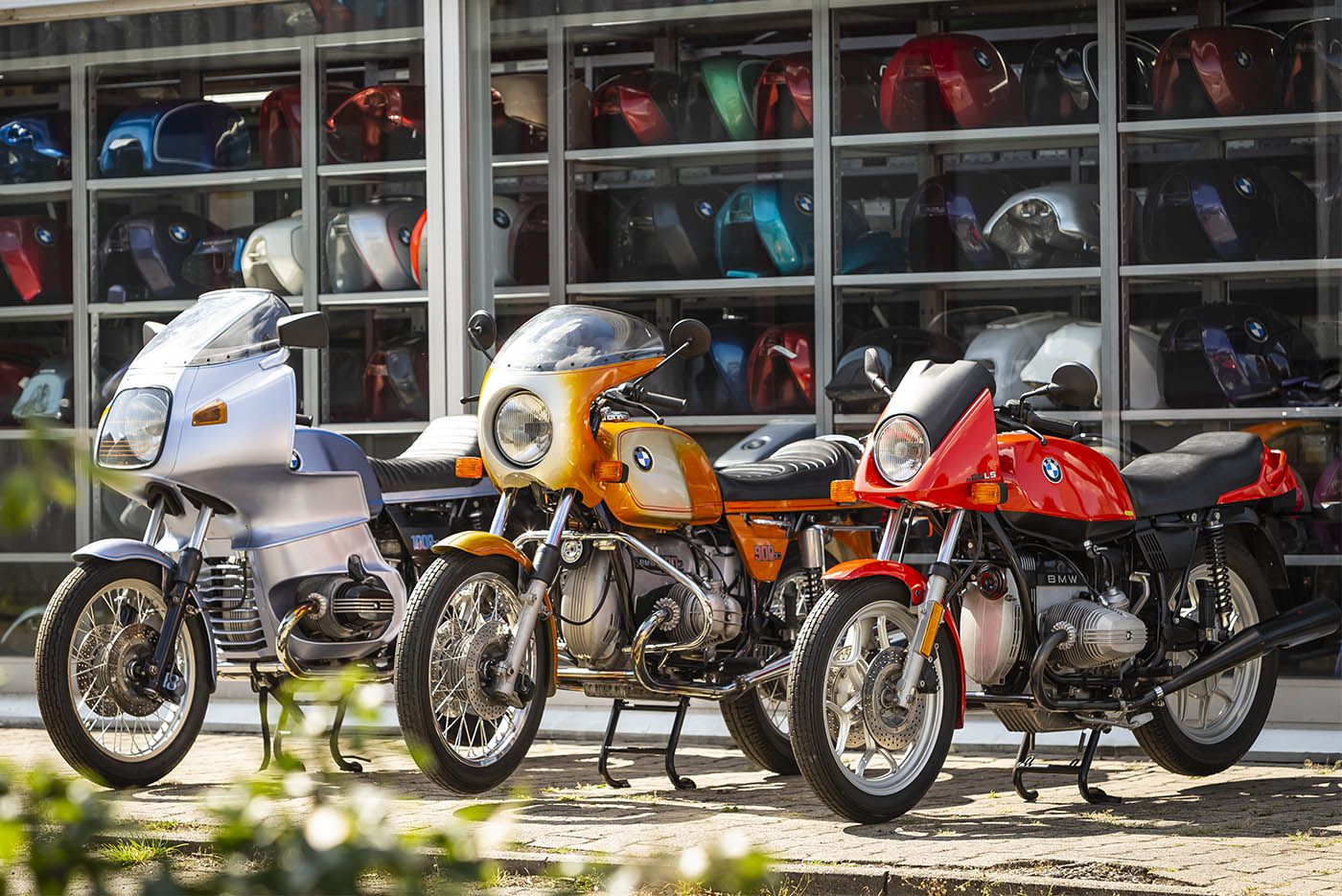Comprehending the Important Parts of a Bike: A Comprehensive Overview for Lovers
For motorcycle lovers seeking to elevate their riding experience and guarantee their bikes run efficiently, recognizing the crucial elements of a motorbike is critical. Each component, from the engine's elaborate functions to the essential role of the stopping mechanisms, not just affects performance however likewise security and convenience. This overview will certainly go through the fundamental parts that every motorcyclist need to recognize with, enabling educated selections in both upkeep and prospective upgrades. As we start this expedition, one must ask: just how does each part interact to develop the smooth trip every enthusiast seeks?
Engine Components

The camshaft plays an important duty in managing the timing of the engine's valves, making certain the specific opening and closing necessary for efficient fuel and air intake, along with exhaust expulsion. This timing is crucial to maintaining ideal engine efficiency and effectiveness. Furthermore, the carburetor or fuel shot system, depending upon the bike model, is accountable for blending air with fuel in the right ratio for burning.
The air conditioning system, either air or liquid-based, works to preserve the engine's temperature level within operational restrictions, stopping overheating and making sure long life - mx gear nz. Each element, meticulously created and integrated, adds to the smooth procedure of the engine, specifying the motorbike's power outcome and general performance
Transmission System
Integral to the motorcycle's performance, the transmission system guarantees efficient power transfer from the engine to the wheels. This system consists of several essential parts, consisting of the clutch, gearbox, and final drive, each playing an essential duty in converting the engine's power into activity. The clutch, usually run by a hand bar, serves to engage and disengage the engine from the transmission, permitting smooth gear modifications and controlled acceleration.
The gearbox, often described as the transmission appropriate, contains a collection of equipments that cyclists can by hand change with to adjust the bike's speed and torque output. These equipments are arranged in a sequence that enables the motorbike to speed up efficiently and preserve optimal engine performance throughout different rates. Most motorbikes make use of a sequential gearbox, requiring the motorcyclist to shift equipments in a fixed order.
Braking Mechanisms
While comprehending the transmission system is vital to harnessing a motorbike's power, similarly essential is the capability to manage and stop that power effectively, which is where stopping mechanisms come into play. Brakes are vital for security and performance, supplying the motorcyclist with the needed control to navigate various surfaces and conditions. Normally, bikes feature 2 sorts of braking systems: disc brakes and drum brakes.
Disc brakes are extra prevalent in contemporary motorbikes because of their exceptional efficiency. They include a brake disc, caliper, and pads. When triggered, the caliper presses look at this site the brake pads versus the rotating disc, transforming kinetic energy into warm, thus slowing down the wheel. This system offers better warmth dissipation, regular efficiency, and boosted quiting power, specifically in wet problems.
Conversely, drum brakes, though less common, are still found in some motorbikes. They function by pushing brake shoes against the inner surface area of a drum attached to the wheel. While generally much less efficient in heat dissipation and stopping power, drum brakes are less complex and extra cost-efficient.
Understanding these braking systems' subtleties enables riders to maintain their bikes appropriately and appreciate the design that makes sure risk-free and effective stopping.
Suspension and Steering
Suspension and steering systems are crucial parts that significantly influence a motorcycle's handling and adventure comfort. The shock absorber, including forks at the front and shock absorbers at the rear, absorbs roadway abnormalities, boosting security and control. Front forks, inverted or commonly telescopic, compress and rebound to reduce influences, while back shock absorbers maintain tire contact with the road, crucial for traction and security.
Steering, centered around the handlebars, attaches the rider to the motorbike's directional control. The steering head bearings make certain smooth operation, allowing specific ability to move. Appropriate alignment and upkeep of these bearings are important for foreseeable steering feedback and lowering biker exhaustion.
The suspension's adjustability is another crucial element; preload, damping, and rebound settings enable personalization to match different riding designs and problems. This versatility is essential for enhancing performance, whether browsing urban streets or dealing with rugged routes. Developments like electronic shock absorber provide real-time adjustments, improving ride top quality across diverse surfaces.

Electrical Equipments
After guaranteeing a smooth and controlled experience with effective suspension and steering systems, focus turns to the electrical systems, a crucial facet of contemporary bikes. These systems play a critical function not only in starting the engine but additionally in powering different elements that her response boost the functionality and safety of the bike.
At the heart of a bike's electric system is the battery, which stores electrical energy required for beginning the engine and powering auxiliary systems - motorcycle shop. The alternator or generator, paired with the rectifier-regulator, makes certain the battery continues to be charged while the bike functions, converting power into electrical power and keeping voltage levels
The ignition system, one more important part, is in charge of igniting the air-fuel combination in the engine's cylinders. Modern motorcycles typically use an electronic ignition system, supplying better efficiency and reliability contrasted to traditional systems.
Illumination systems, consisting of fronts lights, tail lights, and indications, are additionally essential, making sure presence and safety for the biker. Extra digital elements such as sensors, control devices, and shows contribute to advanced features like fuel shot administration, anti-lock braking systems (ABDOMINAL MUSCLE), and electronic dashboards, additionally boosting the riding experience.
Conclusion
A thorough comprehension of a bike's necessary parts, consisting of the engine, transmission system, stopping systems, suspension, steering, and electric systems, is essential for enthusiasts aiming to maximize safety, comfort, and performance. Proficiency of these aspects enables notified decisions pertaining to maintenance and visit their website upgrades, ultimately enhancing the riding experience. By integrating this knowledge, cyclists can ensure their bikes operate at peak effectiveness and reliability, thereby making best use of both enjoyment and longevity of their automobiles.
For bike lovers looking to raise their riding experience and ensure their bikes run efficiently, understanding the necessary parts of a motorbike is paramount.Integral to the motorbike's performance, the transmission system makes sure reliable power transfer from the engine to the wheels.While recognizing the transmission system is essential to using a bike's power, just as crucial is the ability to manage and stop that power successfully, which is where braking devices come right into play. Usually, bikes feature 2 types of braking systems: disc brakes and drum brakes.
An extensive comprehension of a motorcycle's essential parts, including the engine, transmission system, braking systems, suspension, steering, and electrical systems, is indispensable for fanatics aiming to optimize safety and security, convenience, and performance.